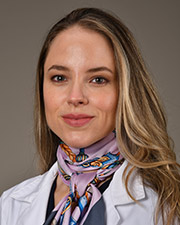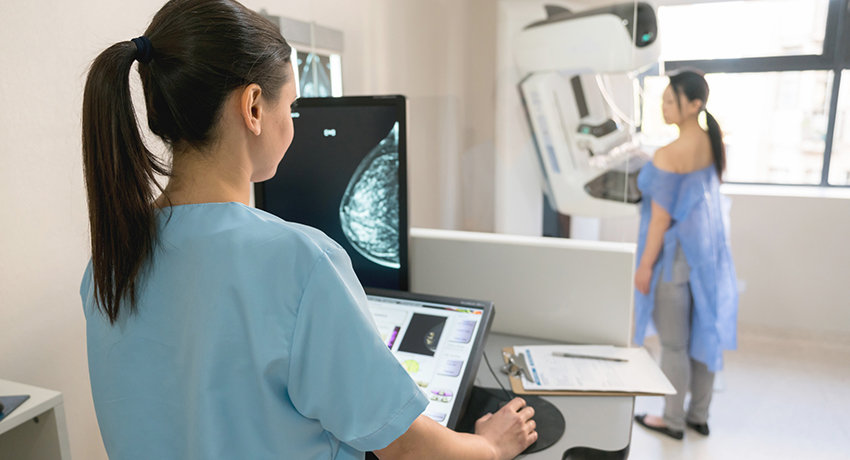The Food and Drug Administration recently mandated disclosure of breast density after mammograms, a significant health advance nationwide. This ruling is crucial for women with dense breasts — nearly half of women age 40 and older — due to its impact on cancer detection and risk. While Texas has required this since 2012, it’s a powerful step forward nationally in women’s health.

“When women understand what breast density is and what it implies for their breast cancer screening, it helps them make more informed decisions regarding additional screening options to improve breast cancer detection,” said Claudia C. Cotes, MD, a board-certified radiologist specializing in breast imaging. “Mammograms can determine breast density accurately.”
Understanding dense breasts
Breasts are a mix of glandular tissue, fibrous connective tissue, and fatty tissue. The term “dense breasts” refers to how these tissues appear on a mammogram. Picture a breast with more glandular and fibrous tissue, and less fatty tissue. That is considered dense. This isn’t something you can feel; rather, it’s about how it looks in the black-and-white mammogram images. Knowing your breast density has become an important piece of the breast health puzzle.
Encouraging important conversations
The ruling puts breast density in the spotlight for patients and health care providers. It enables women to have informed conversations about their risks and the potential need for additional imaging, making breast cancer screening more personalized.
“Dense breasts not only can make it harder to detect cancer on a mammogram but also increase the risk of breast cancer,” said Cotes, an assistant professor in diagnostic and interventional imaging at McGovern Medical School at UTHealth Houston.
Developing personalized care
The new guidelines also underscore that breast cancer screening is not a one-size-fits-all approach. They highlight the importance of personalized medicine, ensuring each woman receives appropriate care based on her individual risk factors and characteristics. Patients can discuss their options rather than solely relying on a mammogram.
Cotes believes this FDA mandate will lead to earlier cancer detection.
“Mammograms alone can miss up to 50% of cancers in extremely dense tissue,” Cotes said. “Being proactive with additional screening options such as ultrasound or MRI will likely lead to earlier detection, ultimately saving more lives. Patients should always have access to their health information, especially if it will impact their health significantly.”


